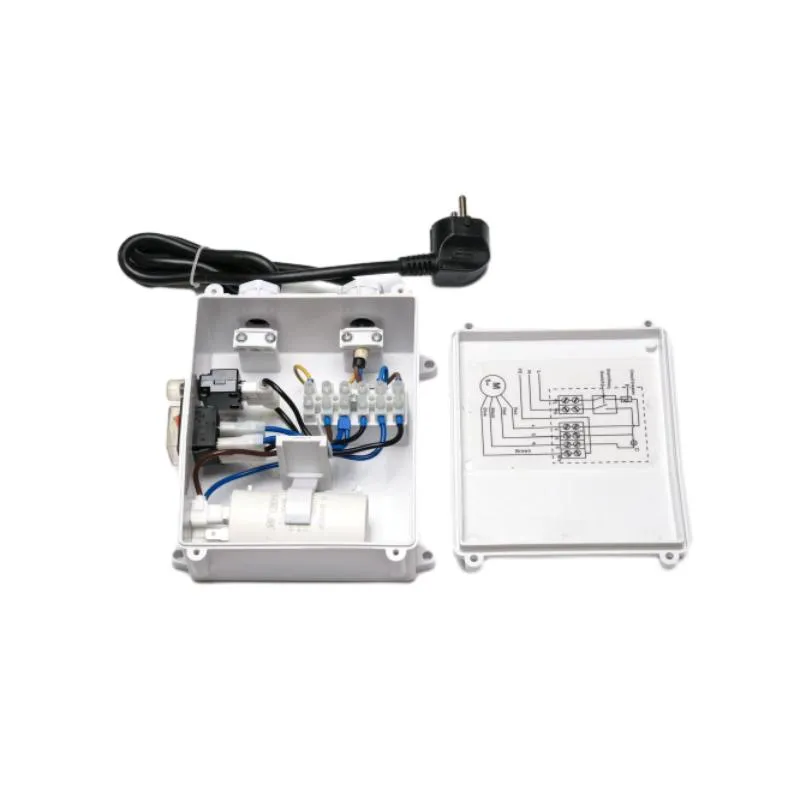How to Use Amalgamating Tape A Comprehensive Guide
Amalgamating tape, often referred to as self-amalgamating tape, is a versatile tool widely used in various industries, including electrical, plumbing, and automotive sectors. Its unique properties make it an invaluable resource for insulation, sealing, and repairs, particularly in environments that require moisture and heat resistance. In this article, we will explore the features, benefits, and step-by-step instructions on how to effectively use amalgamating tape.
What is Amalgamating Tape?
Amalgamating tape is a type of adhesive tape that does not have a sticky backing like traditional tapes. Instead, it fuses to itself when wrapped under tension. This self-amalgamation creates a waterproof and air-tight seal, making it ideal for a range of applications. It is usually made from a rubber-based material and provides excellent electrical insulation, as well as protection from UV rays, chemicals, and temperature fluctuations.
Benefits of Using Amalgamating Tape
1. Versatile Applications It can be used for electrical insulation, plumbing repairs, and even automotive sealants. Whether you need to protect electrical wires or seal a leaky pipe, amalgamating tape can handle the job.
2. Waterproof and Weather Resistant The tape provides a reliable seal that prevents moisture ingress, making it suitable for both indoor and outdoor use.
3. Excellent Electrical Insulation Due to its rubber composition, amalgamating tape offers superior electrical insulation properties, safeguarding sensitive electrical components.
4. Easy to Apply The application process is straightforward, requiring no special tools or equipment.
5. Customizable Thickness Users can layer the tape to achieve the desired thickness, providing flexibility for different repair needs.
How to Use Amalgamating Tape
Step 1 Preparation
Before applying amalgamating tape, it is crucial to prepare the surface. Clean the area thoroughly to remove any dirt, grease, or moisture. Use a cloth to wipe it down, ensuring a good bond. If you’re applying it to an electrical wire, make sure that the wire is disconnected from any power source to prevent electric shock.
how to use amalgamating tape

Step 2 Cut the Tape
Measure the length of tape required for your application. It’s better to have more tape than necessary, as you can always trim excess later. Use scissors to cut a clean edge, as this will facilitate easier application.
Step 3 Begin Wrapping
Start wrapping the tape around the surface area that requires protection or sealing. Make sure to stretch the tape while you wrap it; this increases the bond strength and helps with self-amalgamation. Overlap the edges of the tape by about half to ensure that there are no gaps or exposed areas.
Step 4 Complete the Wrap
Continue wrapping the amalgamating tape until you cover the entire area. For electrical applications, aim for at least 3-4 layers of tape to ensure adequate insulation. For plumbing repairs, ensure that the tape sufficiently covers the leak.
Step 5 Seal the Edges
Once you have wrapped the area adequately, press down on the edges firmly to ensure a good seal. This step is critical, especially in outdoor applications where exposure to elements is a concern.
Step 6 Allow to Cure
Unlike many traditional tapes, amalgamating tape requires time to amalgamate fully. Allow the tape to set for at least an hour to ensure maximum bond strength. During this period, it will create a robust seal that will last for years.
Conclusion
Amalgamating tape is a powerful tool that can save time and money on repairs. Its ease of use, coupled with its efficiency in sealing and insulating, makes it an essential item in any toolbox. Whether you're an amateur DIY enthusiast or a seasoned professional, understanding how to use amalgamating tape can enhance the quality and durability of your projects. Always remember to follow safety precautions during application, particularly when dealing with electrical components. With the right approach, amalgamating tape can be the solution to a myriad of repair challenges.
-
XIANGFAN Rubber Tape-Ultimate Solutions for All Your Insulation NeedsNewsJun.24,2025
-
XIANGFAN Rubber Tape-Protection for Industrial and Residential ApplicationsNewsJun.24,2025
-
XIANGFAN Rubber Tape: Superior Safety and Sealing for Demanding EnvironmentsNewsJun.24,2025
-
XIANGFAN Rubber Tape: Reliable Solutions for Every Electrical ChallengeNewsJun.24,2025
-
XIANGFAN Electrical & Industrial Tape: Powering Reliability Across IndustriesNewsJun.24,2025
-
XIANGFAN Electrical & Industrial Tape: Excellence in Every ApplicationNewsJun.24,2025
